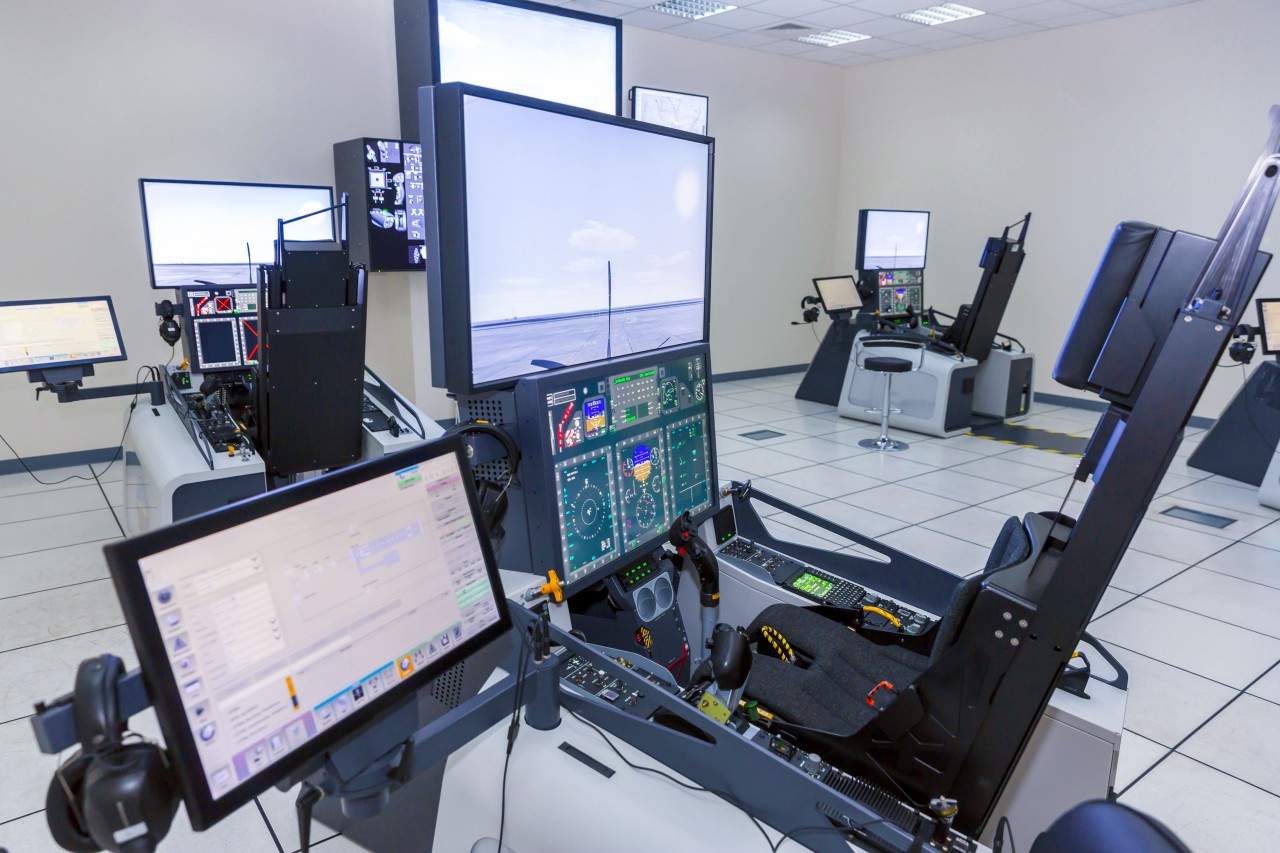The digital workplace — with its combination of remote and in-person collaborators who need to communicate effectively — is here to stay. The pandemic accelerated the digital workplace trend, increasing the number of remote and hybrid employees and the expanding video conferencing platforms.
But this transition to the digital workplace is not without its frictions. For example, many companies have cobbled together solutions that may have utilized a variety of devices and platforms that are incompatible and don’t always “work and play well” with one another.
And the user experience may not be all that you expected as employees with little remote experience may have struggled to learn when using devices or platforms with less-than-intuitive interfaces. Even employees with remote experience may have their collaborative contributions impacted due to poor audio and video solutions — whether they’re at home or in the boardroom.
Other friction points are connectivity — poor connectivity can leave employees feeling frustrated, lonely, or detached from their teams; scheduling and management — keeping everyone engaged and on time and ensuring there are rooms and devices ready; and security issues — a wide range of devices on company networks, machines accessed by family members with little cybersecurity oversight, and less-than-secure home networks, are all potential headaches for your IT department.
The solution to eliminate these frictions is to create a high-performance digital workplace. The right digital workplace seamlessly links team members anywhere in the world. While specifics can vary wildly there are some fundamental considerations when choosing a solution.




